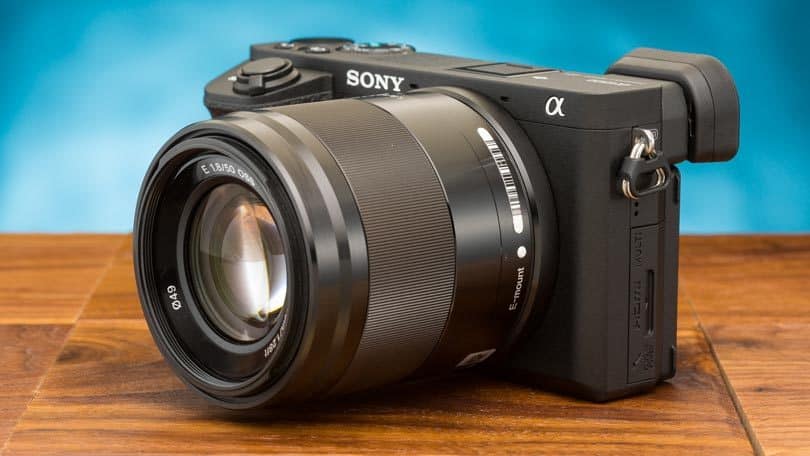If you have been getting to know your brand new digital camera, you may have noticed that it can be difficult to snap professional-grade shots in lowly lit scenarios. Even with the highly-acclaimed digital cameras in the market. So, how to take pictures in low light with a digital camera? That’s where we come in.
KEY TAKEAWAYS:
- If you are looking to get professional-grade shots in lowly lit situations, start by raising the shutter speed in your camera’s settings.
- Another option is to lower the aperture f-number, as this will allow more light into the lens.
- If you are shooting in the pitch black of night, you may want to enable a flash or attach a third-party flash.
Why Take Pictures in Low Light?
Sometimes you see something that absolutely needs a photo but the light simply isn’t bright enough to account for a high-grade shot. True shutterbugs will attempt to get the photo even if the light is low. There is also nighttime, which accounts for half of our time on this planet. Many photo-ready items of interest take place during the night and it would be a shame to not at least attempt to get a good shot in.
Insider Tip
Sometimes you see something that absolutely needs a photo but the light simply isn’t bright enough to account for a high-grade shot.
How to Take Pictures in Low Light with a Digital Camera
Taking pictures in low light is as simple as learning how to take close up photos with digital camera. Here are some tips to help you get gorgeous photos with your digital camera even in lowly lit areas or during the night.
Higher Shutter Speeds
Shooting with high shutter speeds can be a great way to improve clarity while taking photos in low-light situations. As an added bonus, raising the shutter speed will also eliminate any chance of a blurry image. Unfortunately, there is no ideal shutter speed for this task, as it will depend on several data points regarding your camera, including the focal length of your lens and the size of your camera’s sensor. Just dive into the settings menu or the shutter button and experiment with slow shutter speeds and high shutter speeds until you find one that absolutely excels at dusk.
Insider Tip
Shooting with high shutter speeds can be a great way to improve clarity in while taking photos in low-light situations.
Set the Aperture Low
Set the aperture f-number as low, or wide, as it can go to increase image fidelity in low light settings. This will allow as much light as possible into the lens, thus allowing the camera to excel with low visibility. This may not help during the pitch black of night, even with the maximum aperture. A wide aperture can excel in weak light conditions with ease.
Use a Flash
While flashes have fallen out of favor in recent years, due to their impact on the overall image quality, they can be an absolute necessity while shooting photos at night. If your digital camera has a built-in flash, great, fiddle with the settings until you find the perfect mix between image quality and low light effectiveness. If your camera lacks a flash, there are numerous third-party models you can purchase and physically affix to your camera. Make sure the designs match before you go ahead and make a purchase unless a built-in flash is present. You can also find out how to tether a digital camera to your computer if you want to view your pics on your computer as you take them.
F.A.Q.
How do I reduce the digital noise level in low-light images?
Shoot at the lowest ISO that you can to reduce digital noise while taking photos, even in lowly lit situations.
My low light images are blurry? Would a better lens alleviate the blur?
Short answer? Yes, likely. A faster lens will be able to access a higher shutter speed, thus alleviating blur while taking photos at dusk or in other lowly lit areas.
How do I take low light action shots?
This can be extremely challenging, as lowly lit areas are generally not conducive to action shoots. Try to adjust your aperture to its widest setting and adjust the ISO to a higher setting. A good rule of thumb is to reduce motion blur as much as possible, use a wide-angle lens, and opt for a faster shutter speed over a slower shutter speed.
STAT: After a big dip in sales in 2012, consumer digital camera sales declined again in 2013 by 36 percent. (source)

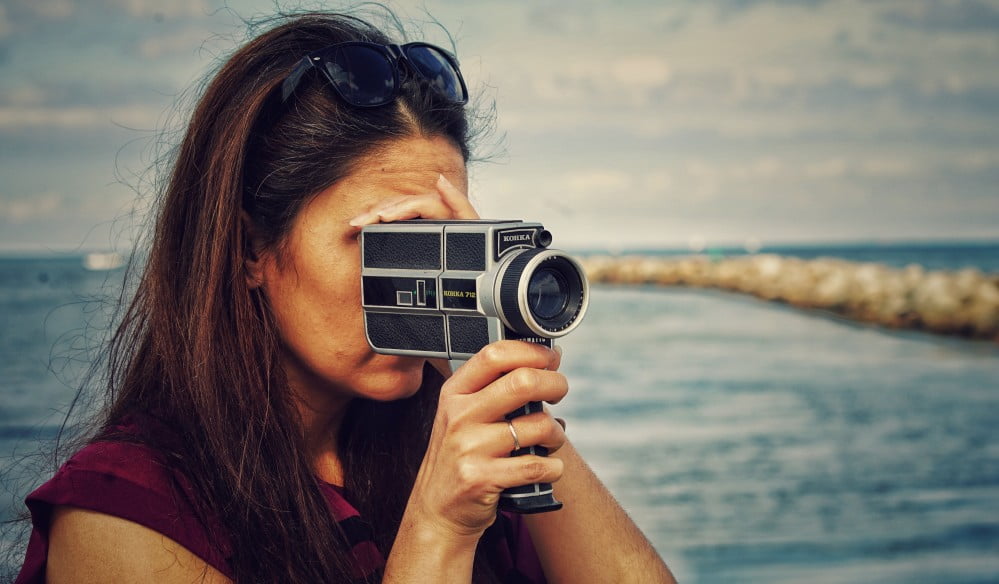























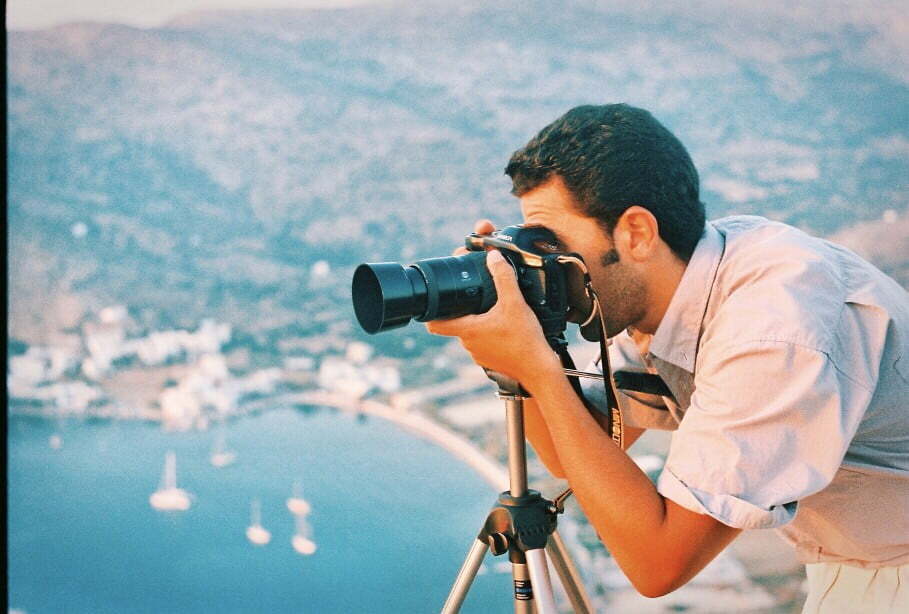
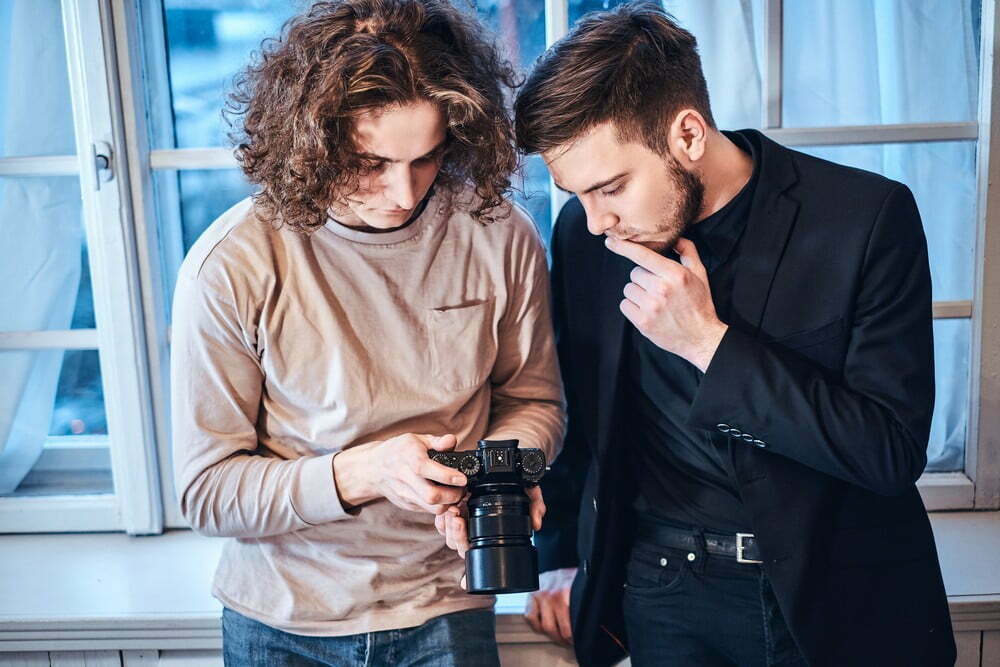
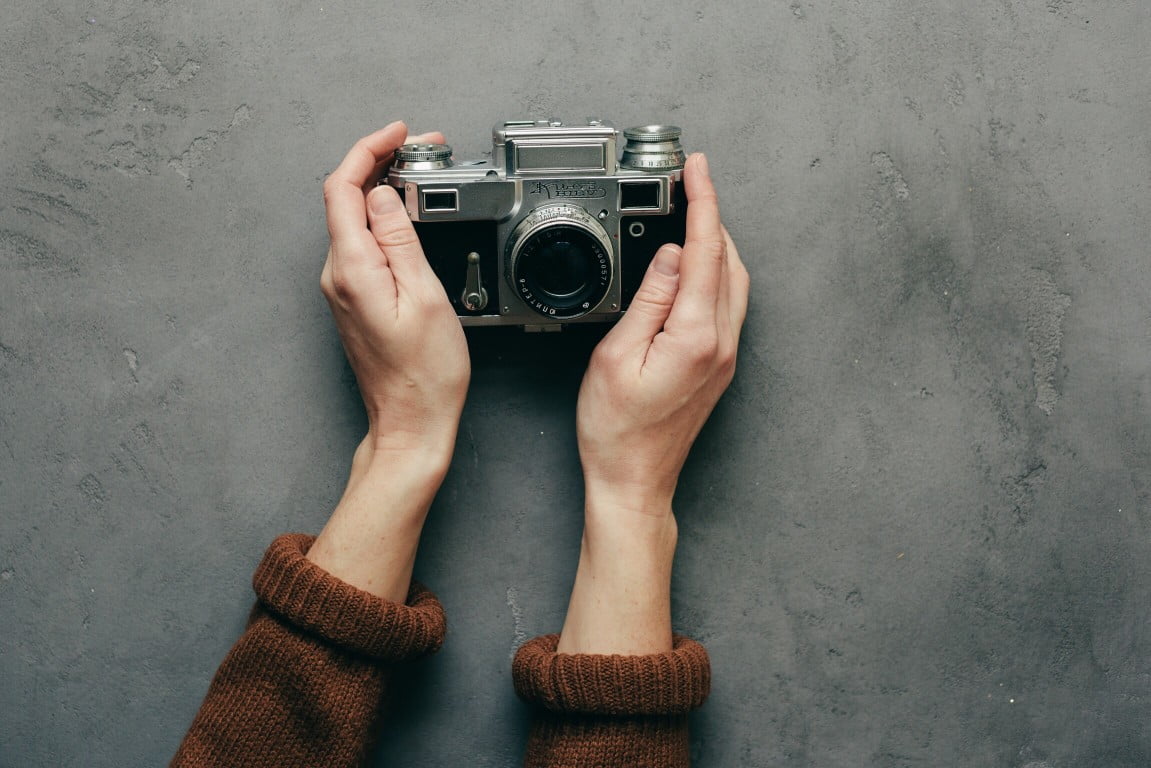
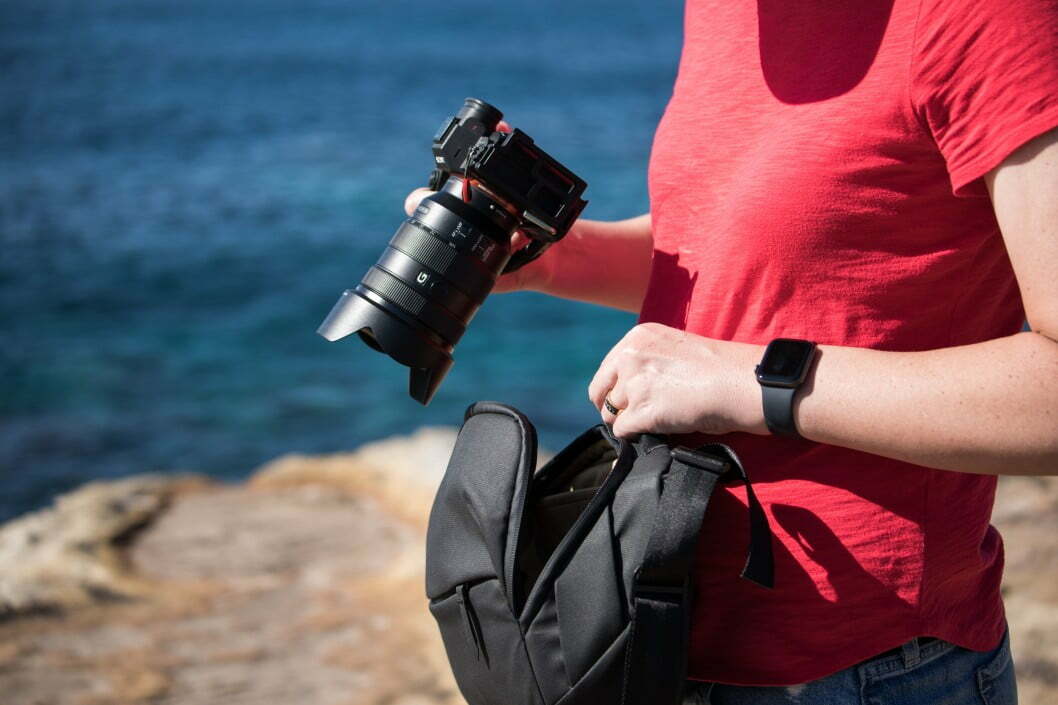
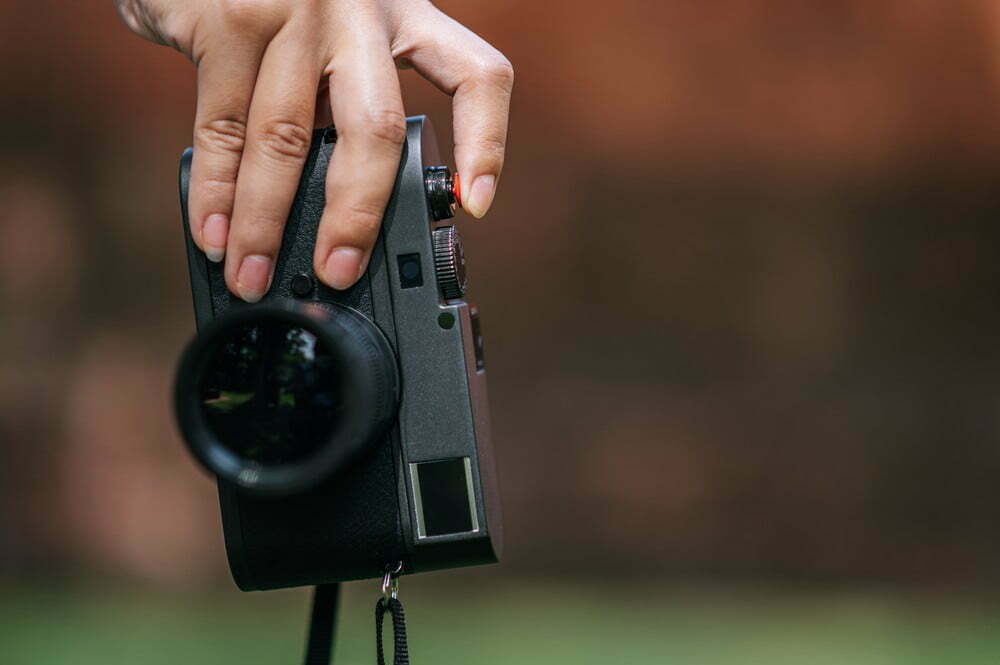
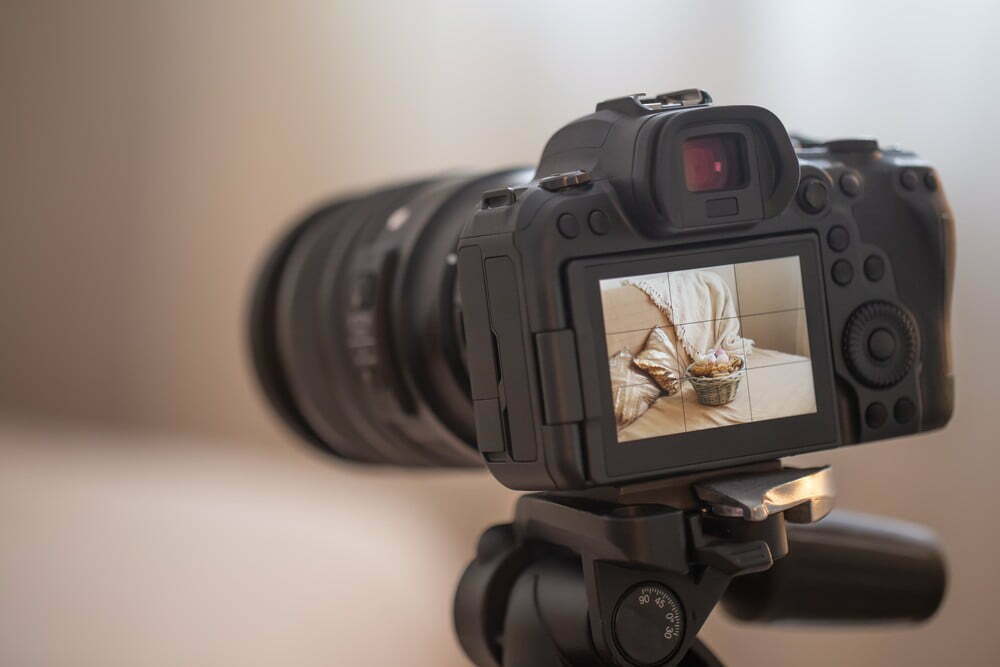
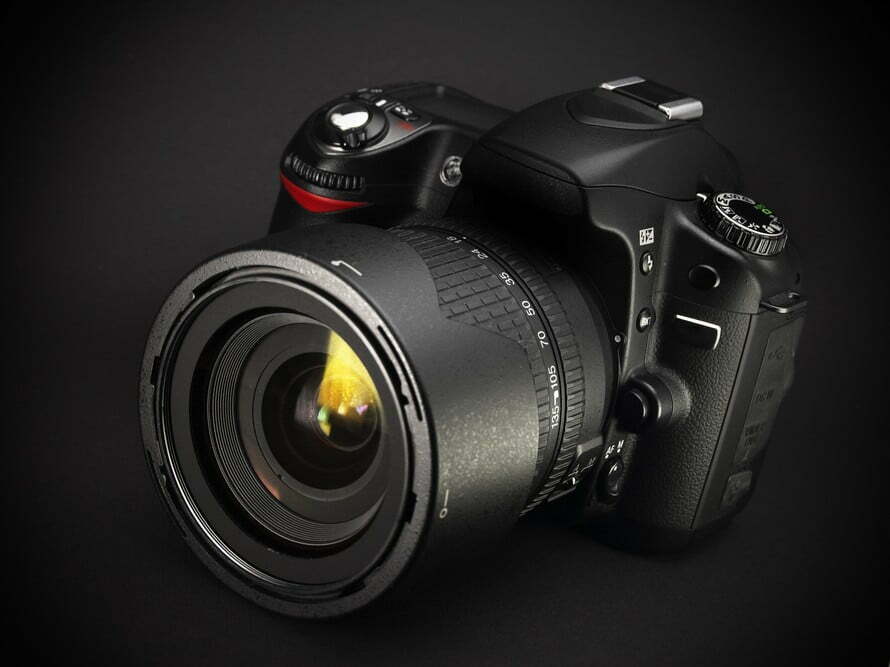
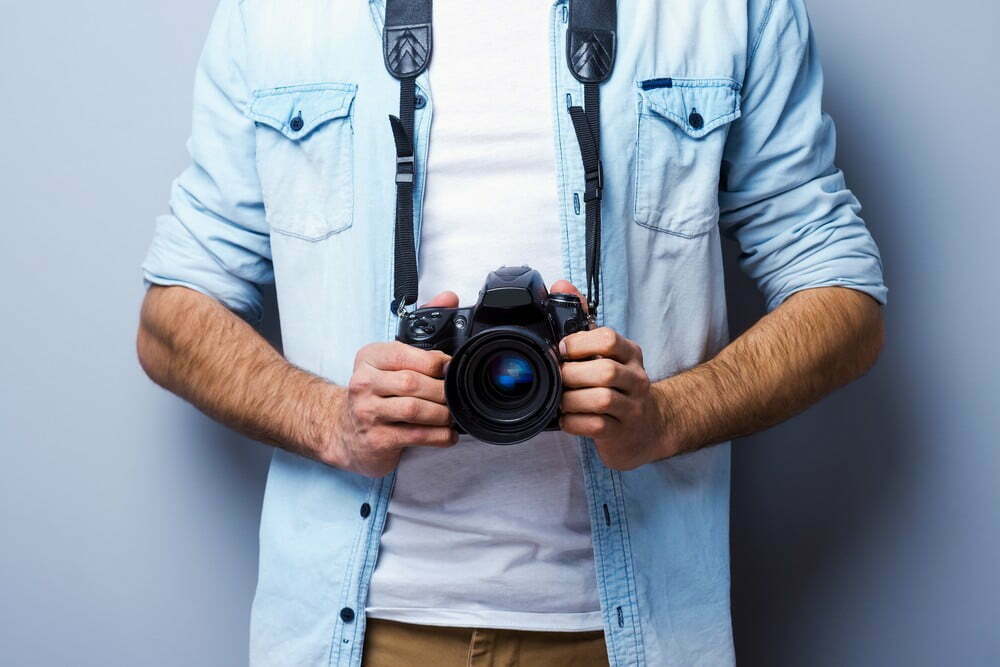
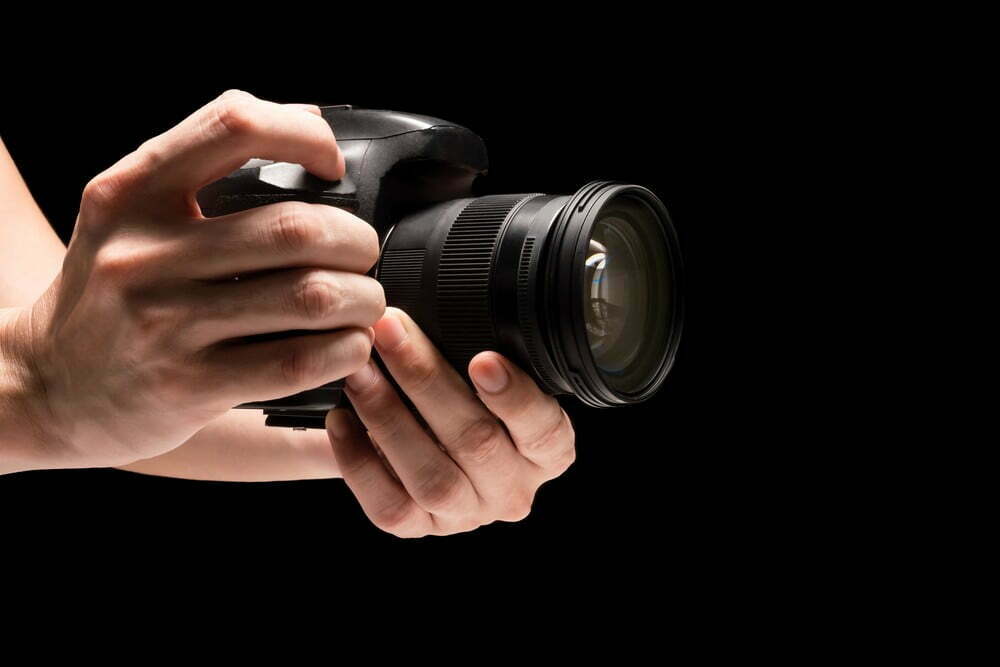
![Best Point and Shoot Camera in [year] ([month] Reviews) 27 Best Point and Shoot Camera in 2025 (October Reviews)](https://www.gadgetreview.dev/wp-content/uploads/Nikon-Coolpix-B500.jpg)
![Best Underwater Camera in [year] ([month] Reviews) 28 Best Underwater Camera in 2025 (October Reviews)](https://www.gadgetreview.dev/wp-content/uploads/best-underwater-camera-image.jpg)
![Best Digital Cameras in [year] ([month] Reviews) 29 Best Digital Cameras in 2025 (October Reviews)](https://www.gadgetreview.dev/wp-content/uploads/what-is-resolution-on-digital-camera-1.jpg)
![Best Digital Camera Docking Stations in [year] 30 Best Digital Camera Docking Stations in 2025](https://www.gadgetreview.dev/wp-content/uploads/best-digital-camera-docking-stations-image.jpg)
![Best Vlogging Camera in [year] ([month] Reviews) 31 Best Vlogging Camera in 2025 (October Reviews)](https://www.gadgetreview.dev/wp-content/uploads/best-vlogging-camera-image.jpg)
![Best Mirrorless Camera in [year] ([month] Reviews) 32 Best Mirrorless Camera in 2025 (October Reviews)](https://www.gadgetreview.dev/wp-content/uploads/best-mirrorless-camera-image.jpg)
![Best GoPro in [year] ([month] Reviews) 33 Best GoPro in 2025 (October Reviews)](https://www.gadgetreview.dev/wp-content/uploads/best-gopro-image.jpg)
![Best Digital Camera Tripods in [year] 34 Best Digital Camera Tripods in 2025](https://www.gadgetreview.dev/wp-content/uploads/best-digital-camera-tripods-image.jpg)
![Best Canon Digital Cameras in [year] 35 Best Canon Digital Cameras in 2025](https://www.gadgetreview.dev/wp-content/uploads/best-canon-digital-cameras-image.jpg)
![Best Polaroid Digital Cameras in [year] 36 Best Polaroid Digital Cameras in 2025](https://www.gadgetreview.dev/wp-content/uploads/best-polaroid-digital-cameras-image.jpg)
![Best Small Digital Camera Cases in [year] 37 Best Small Digital Camera Cases in 2025](https://www.gadgetreview.dev/wp-content/uploads/best-small-digital-camera-case-image.jpg)
![Best Digital Camera USB Cables in [year] 38 Best Digital Camera USB Cables in 2025](https://www.gadgetreview.dev/wp-content/uploads/best-digital-camera-usb-cable-image.jpg)
![Best Digital Camera Bags in [year] 39 Best Digital Camera Bags in 2025](https://www.gadgetreview.dev/wp-content/uploads/best-digital-camera-bag-image.jpg)
![Best Sony Digital Cameras in [year] 40 Best Sony Digital Cameras in 2025](https://www.gadgetreview.dev/wp-content/uploads/best-sony-digital-cameras-image.jpg)
![Best Digital Camera Accessories in [year] 41 Best Digital Camera Accessories in 2025](https://www.gadgetreview.dev/wp-content/uploads/best-digital-camera-accessories-image.jpg)
![Best Kodak Digital Cameras in [year] 42 Best Kodak Digital Cameras in 2025](https://www.gadgetreview.dev/wp-content/uploads/best-kodak-digital-cameras-images.jpg)
![Best Panasonic Digital Cameras in [year] 43 Best Panasonic Digital Cameras in 2025](https://www.gadgetreview.dev/wp-content/uploads/best-panasonic-digital-cameras-image.jpg)
![Best Video Cameras in [year] ([month] Reviews) 44 Best Video Cameras in 2025 (October Reviews)](https://www.gadgetreview.dev/wp-content/uploads/best-video-cameras-image.jpg)
![Best Compact Cameras in [year] 45 Best Compact Cameras in 2025](https://www.gadgetreview.dev/wp-content/uploads/best-compact-camera-image.jpg)
![Best Digital Cameras with Wifi in [year] 46 Best Digital Cameras with Wifi in 2025](https://www.gadgetreview.dev/wp-content/uploads/best-digital-camera-with-wifi-image.jpg)



















